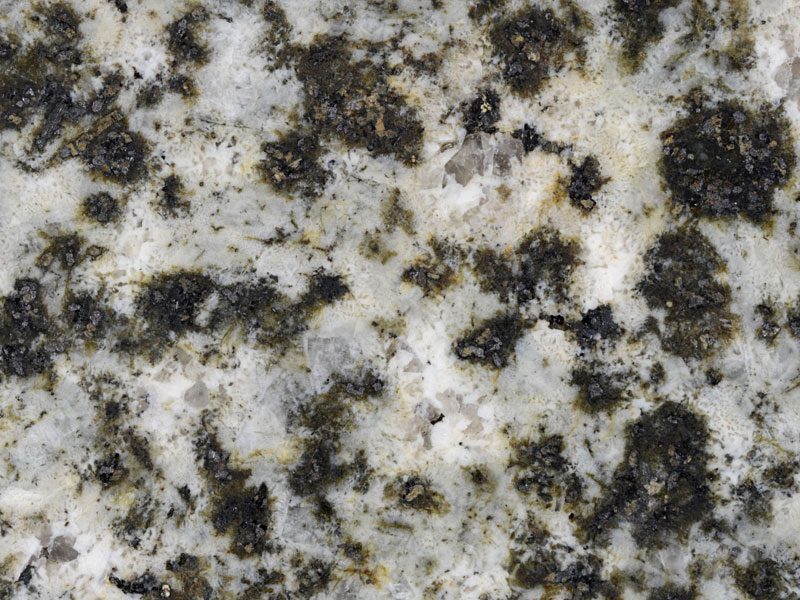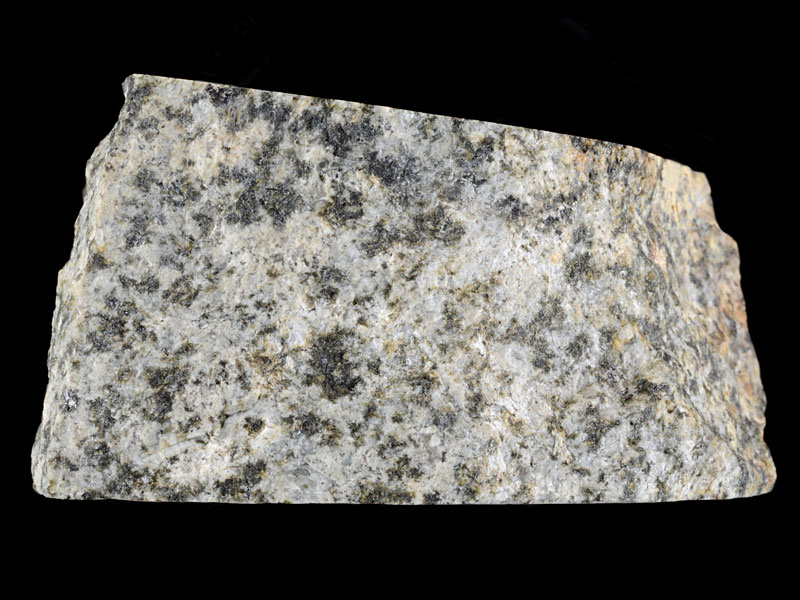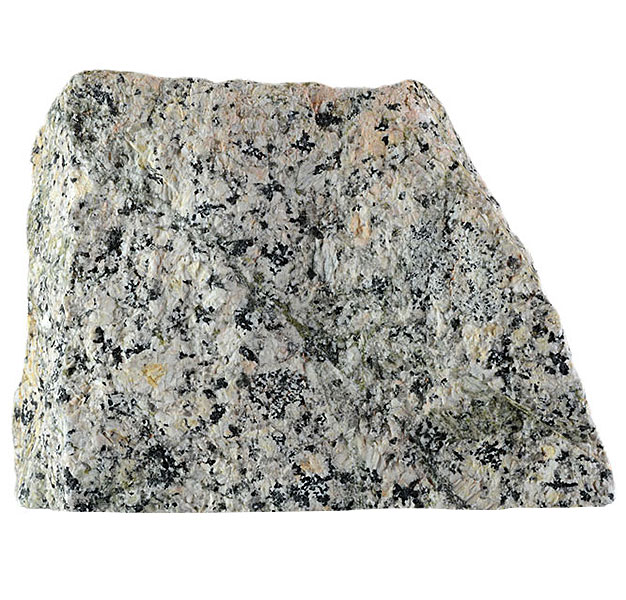
Fact sheet
This granophyric microgranite comes from a small lochan north of the mountain Ard Nev. It forms part of the Western Granite complex.
In thin section this medium-grained porphyritic granophyre contains plagioclase phenocrysts rimmed by extensive granophyric intergrowths of quartz and alkali feldspar. The mafic minerals are a green hornblende and small crystals of iron-rich pigeonite and ferroaugite, accompanied by magnetite.
The United Kingdom Virtual Microscope (UKVM) collection consists of igneous, sedimentary and metamorphic rocks from around the UK.
It is intended as a teaching resource, helping to tell the story of the common rock types and how they form, and reflecting the history of the UK at the margins of the continent of Europe. The collection is a series of teaching sets, for example igneous rocks from the North Atlantic Igneous Province and SW England; high-temperature metamorphic rocks from Scotland and low-temperature metamorphic rocks from Wales; and sedimentary rocks, including English limestones and sandstones.











